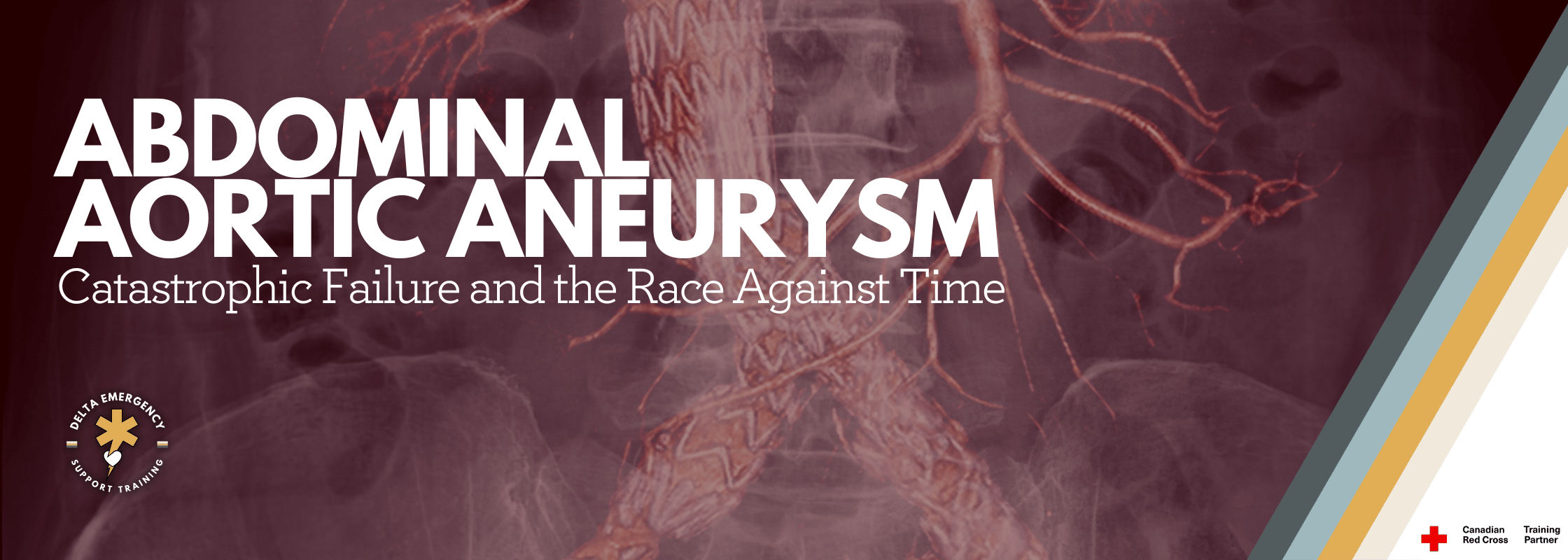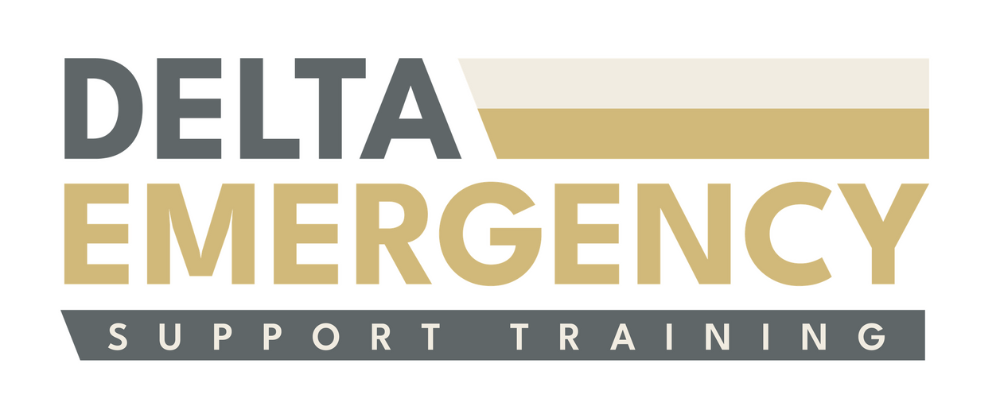Abdominal Aortic Aneurysm: Understanding the Silent Rupture That Can End a Life in Minutes
/What Is an Abdominal Aortic Aneurysm (AAA)?
An abdominal aortic aneurysm (AAA) is a life-threatening condition that occurs when the aorta, the body’s largest artery, responsible for delivering blood from the heart to the rest of the body becomes weakened and bulges in the abdominal section.
Think of it like a balloon forming on a worn garden hose. Over time, the walls of the aorta stretch and thin. If that “balloon” bursts, massive internal bleeding can occur, and without immediate intervention, it’s almost always fatal.
Why It’s So Dangerous
The danger of an AAA lies in its silence.
Most people have no symptoms at all until it’s too late. When rupture happens, it can cause catastrophic bleeding within minutes.
The mortality rate for a ruptured AAA is estimated at 80–90%, and even with rapid surgical care, only about half of patients survive.
That’s why early detection and recognizing the warning signs in emergencies is critical — especially for first responders and advanced first aiders.
Common Risk Factors
While an AAA can develop in anyone, certain factors dramatically increase the risk:
Age: Most common in adults over 65
Sex: More frequent in men than women
Smoking: Major risk factor — it weakens arterial walls
High blood pressure (hypertension)
Family history of aneurysm
Atherosclerosis (plaque buildup in arteries)
High cholesterol or obesity
Screening programs in Canada often recommend ultrasound testing for men over 65 who smoke or have smoked — even if they feel perfectly fine.
Recognizing the Signs and Symptoms
In many cases, AAAs are asymptomatic, but if symptoms do appear, they may include:
Deep, constant abdominal pain or discomfort
Pain radiating to the back, side, or groin
A pulsating feeling in the abdomen (like a heartbeat under the skin)
Sudden severe pain if rupture occurs
Signs of shock after rupture — pale, cool, clammy skin, rapid pulse, weakness, confusion, and collapse
As a first aider or EMR, the key is suspicion.
If a patient — particularly an older male — complains of severe back or abdominal pain without trauma, and presents with shock symptoms but no external bleeding, you should consider AAA as a possible cause.
First Aid and Prehospital Response
If you suspect an abdominal aortic aneurysm, here’s how to respond:
Transport lights and sirens.
Early transport to a surgical facility is the patient’s only chance.Do not give the patient food, drink, or oral medications.
Surgery will likely be required.Keep the patient still and calm.
Any increase in heart rate or blood pressure can worsen the rupture.Lay the patient flat, unless they are having difficulty breathing, in which case, a semi-sitting position may help.
Treat for shock.
Maintain body temperature (cover with a blanket).
Do not elevate the legs — this may increase pressure on the abdomen.
Monitor ABCs (airway, breathing, circulation) and prepare for deterioration.
If trained and equipped, provide high-flow oxygen.
Be ready for loss of consciousness and cardiac arrest.
Note: Never palpate (press) the abdomen to “check” for a pulsating mass, this can trigger rupture.
For Medical Professionals
Prehospital care focuses on gentle handling, rapid transport, and minimal interventions that could increase blood pressure.
IV fluids, if used, should be titrated to maintain minimal perfusion (permissive hypotension) — enough for mental alertness and radial pulse, but not to normalize blood pressure.
Diagnosis and Treatment in Hospital
Once at the hospital, diagnosis is typically confirmed by ultrasound or CT scan.
Treatment depends on the aneurysm’s size and stability:
Small, stable aneurysms may be monitored regularly.
Large or ruptured aneurysms require emergency surgery — either open repair or a stent graft (EVAR).
Prevention and Long-Term Outlook
The good news is that AAAs are preventable — or at least manageable — when detected early.
Preventive steps include:
Quitting smoking
Managing blood pressure and cholesterol
Maintaining a healthy weight
Regular screening for those at risk
Why It Matters for First Responders
Abdominal aortic aneurysm may be rare, but it’s one of those “can’t miss” conditions. Recognizing it early, even if you can’t confirm it, it can guide your decisions about patient handling, transport, and communication with paramedics or emergency departments.
For first aiders and EMRs, the pattern of sudden, severe pain, shock, and no obvious trauma should always raise the possibility of AAA.
Final Thought
An abdominal aortic aneurysm is often called the “silent killer” , but silence doesn’t mean invisibility.
With awareness, training, and rapid action, first responders can give patients their best possible chance at survival.




